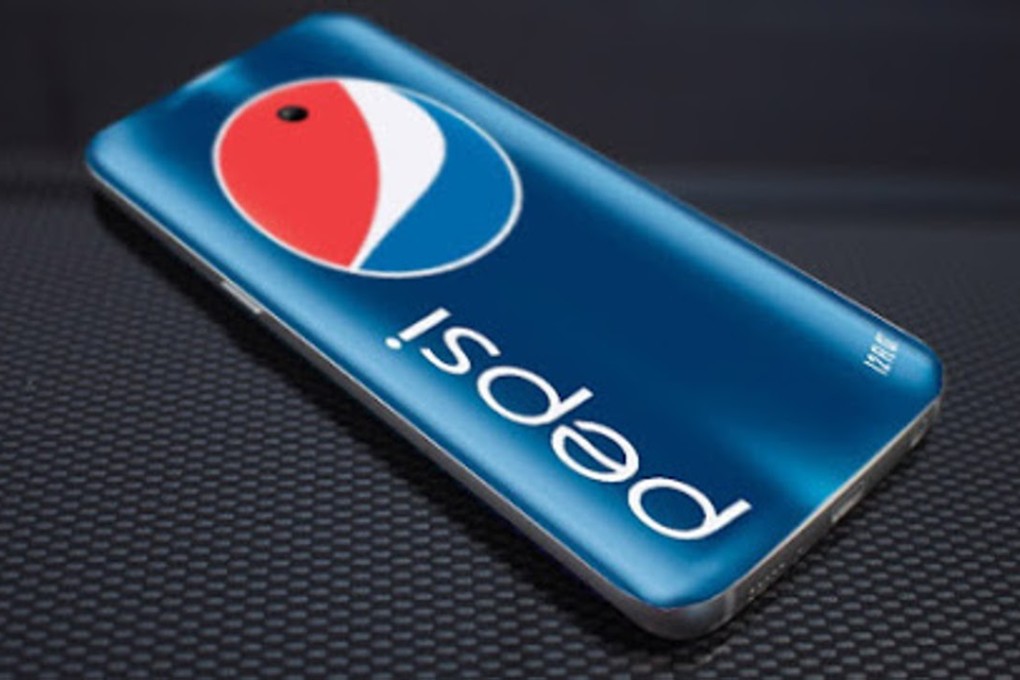Pop tech: Will the Pepsi branded smartphone for China be a fizzer?
After huge flops by Facebook and Amazon, beverage brand tries similar approach by lending name to handset; Wang Feng Technology rumoured to be local partner

Pepsi plans to unveil its "Pepsi P1" smartphone on Tuesday with a retail price of US$205, according to media reports
New York-based PepsiCo, which owns about 14 food and beverage brands that generate US$1 billion or more in annual sales, confirmed on Monday that it would be releasing a smartphone in China "in the coming months".
However it stopped short of naming its Chinese partner or publishing any images of the handset, which spurred a series of speculative mock-ups on the web featuring the company’s iconic blue-and-red logo.

It added that it has no plans to manufacture smartphones but remains "committed to engaging with consumers in innovative ways to grow our brand”.